Mljet, Croatia: One of the southernmost islands of the country
Known for its untouched beauty and mouthwatering local produce, this Croatian island in the Dalmatia region boasts the perfect ingredients for a relaxing getaway. The island offers scenic hiking trails in Mljet National Park that lead around two saltwater lakes. Ancient Greeks called this sweet island Melita, which translates to honey.
If you prefer to do your sightseeing from the water, there’s the possibility to hire a sailing boat, which you can use to explore the Island and its Benedictine monastery from the 12th century. Blace Bay will have you enjoy some of the clearest water of the Atlantic after trudging around shaded walking trails. The local specialty here are raw mussels with lemon juice, perfect for a hot summer’s day.
There is only one hotel (three star) on the island and it sits right at the coast. Allegedly, the nymph Calypso held Odyssey captive on this island for seven years, but by the sounds of this place, it couldn’t have been that bad.
Getting there: Take a 90-minute ferry from Dubrovnik to the bay of Sobra
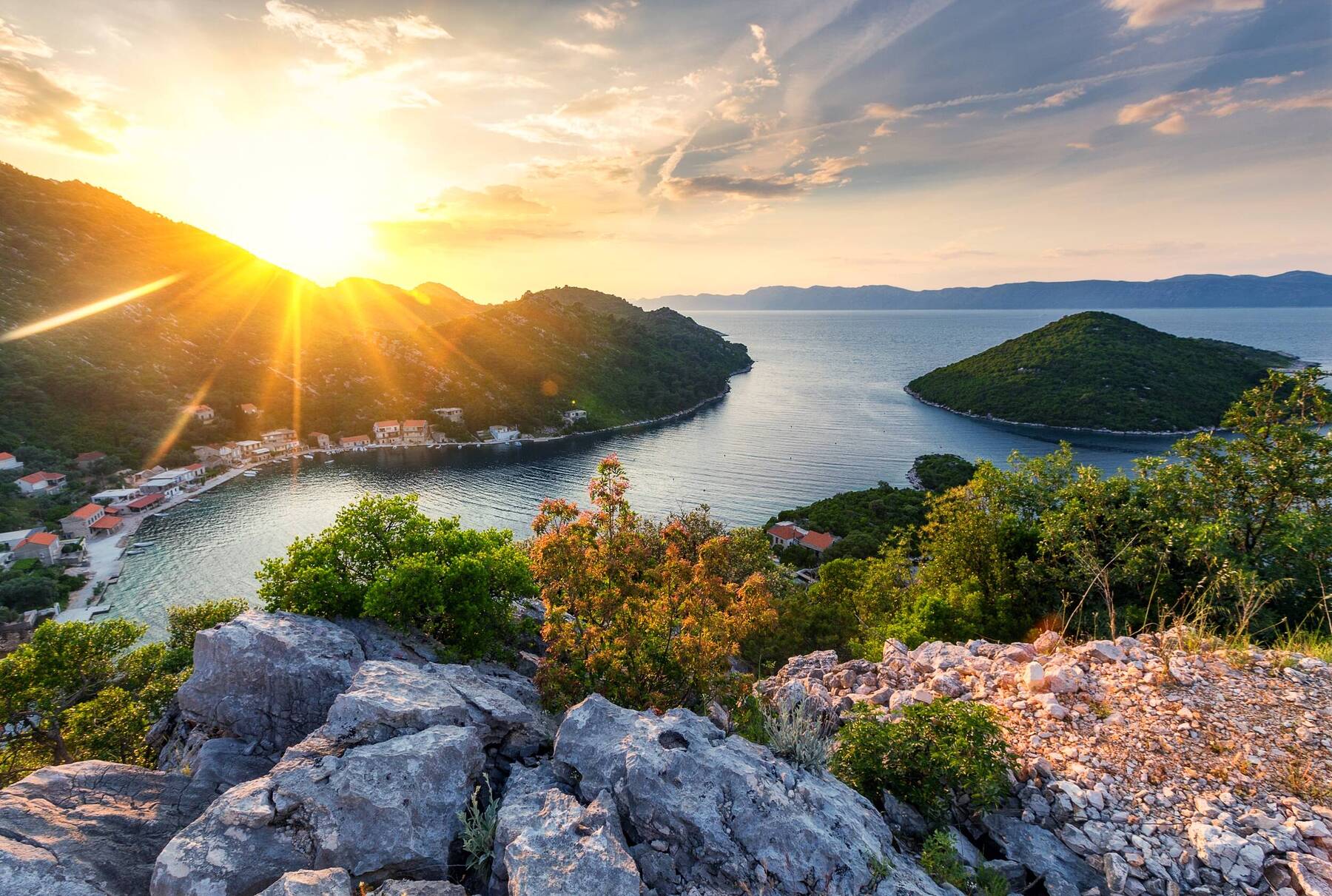
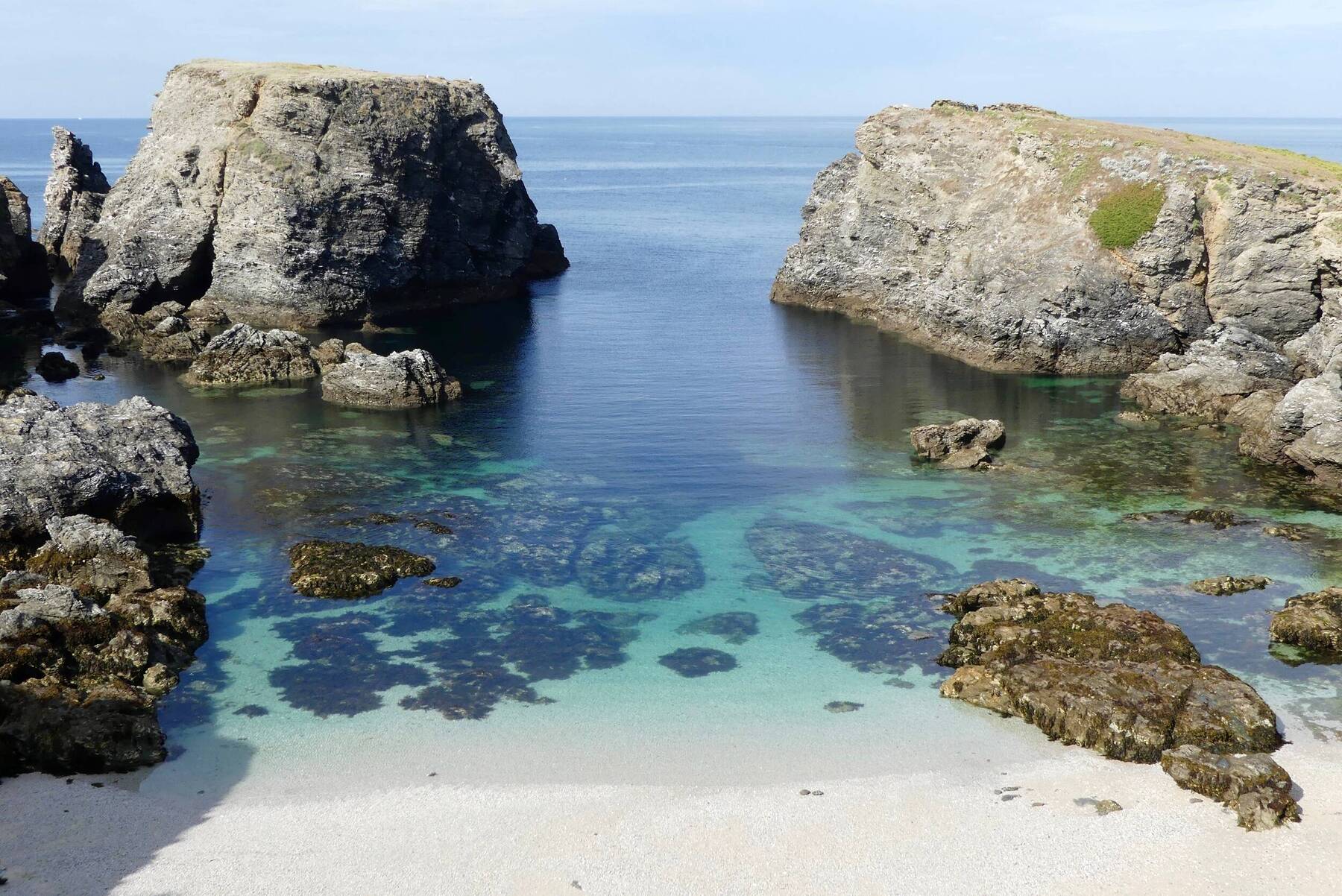
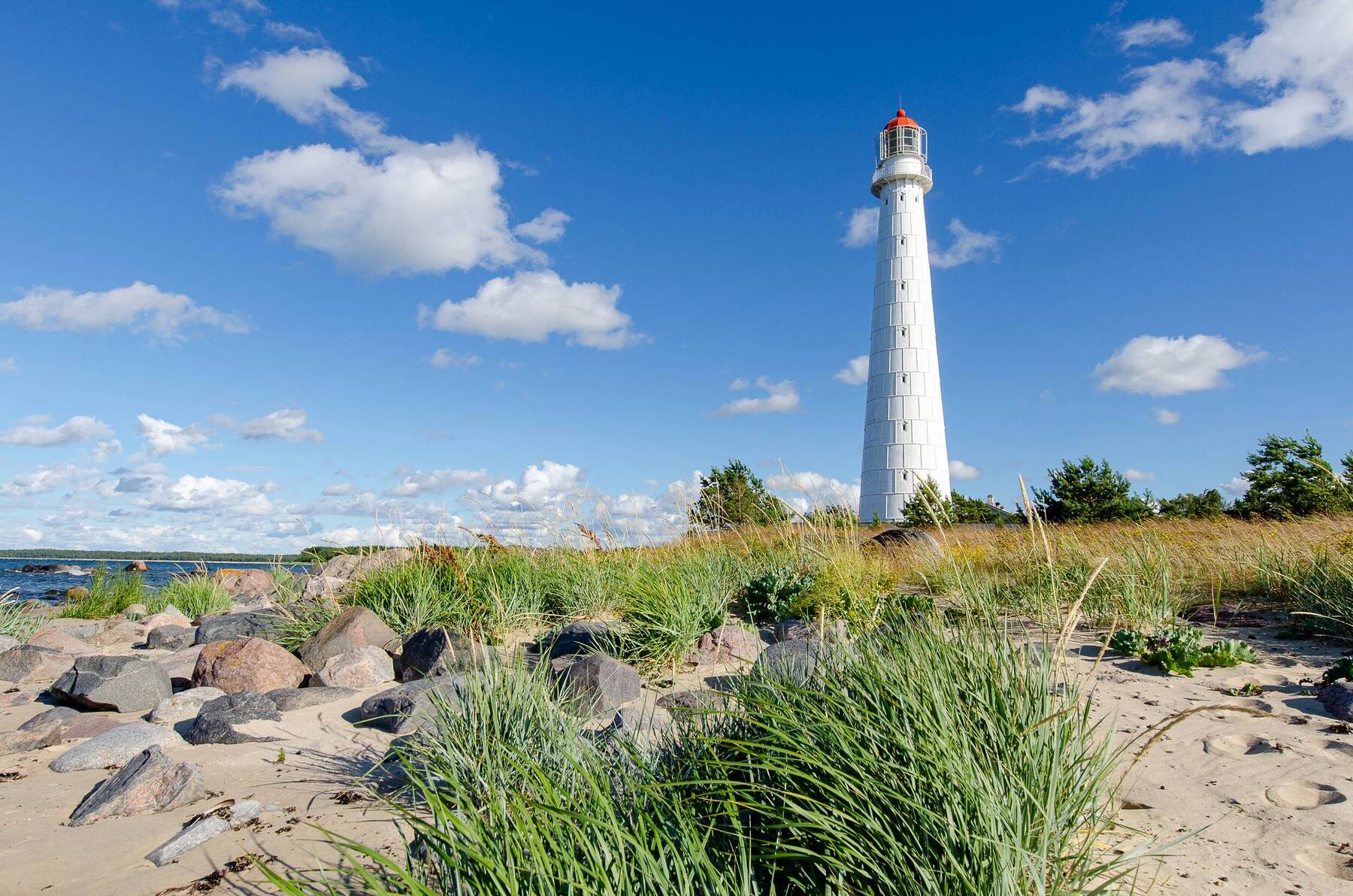
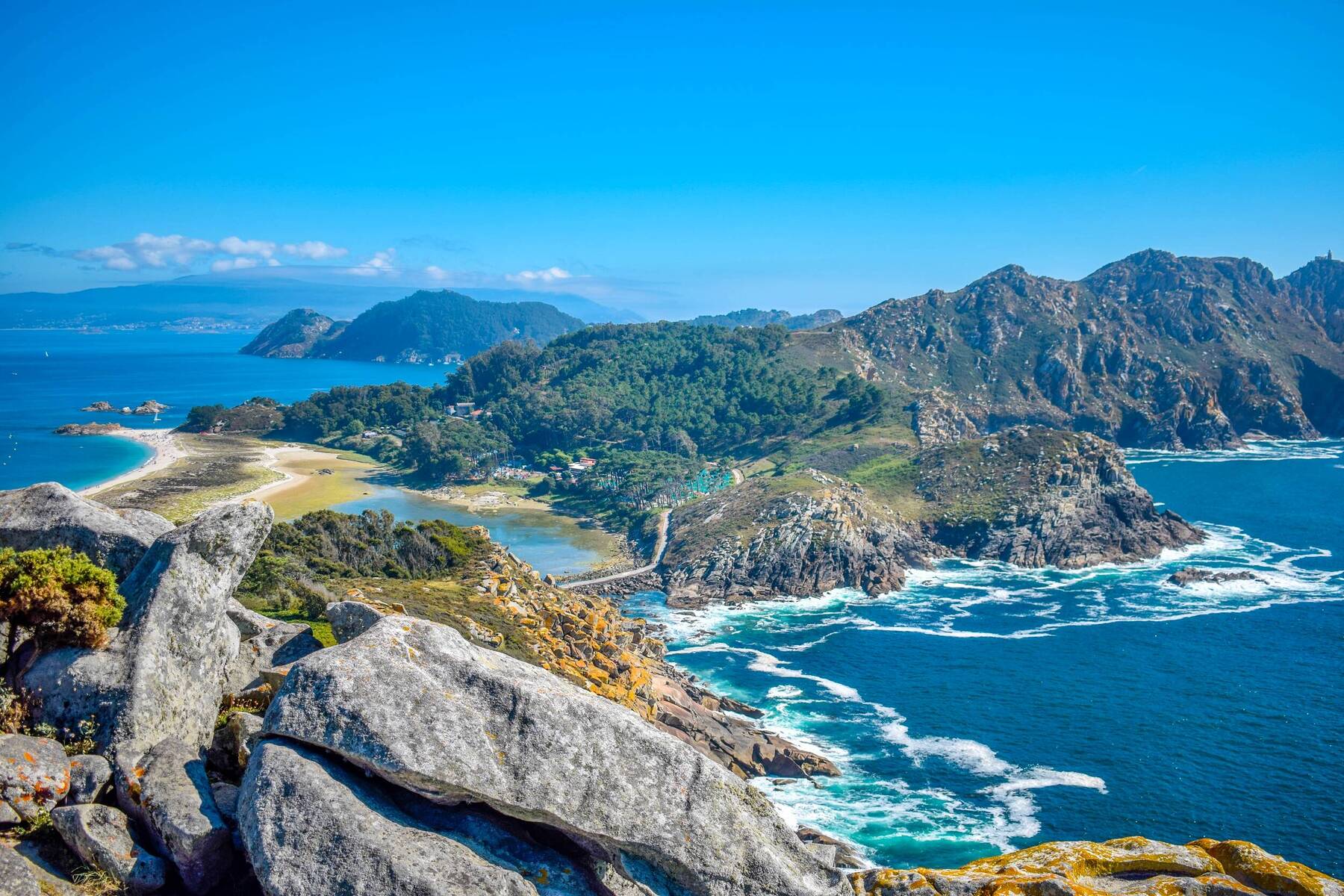
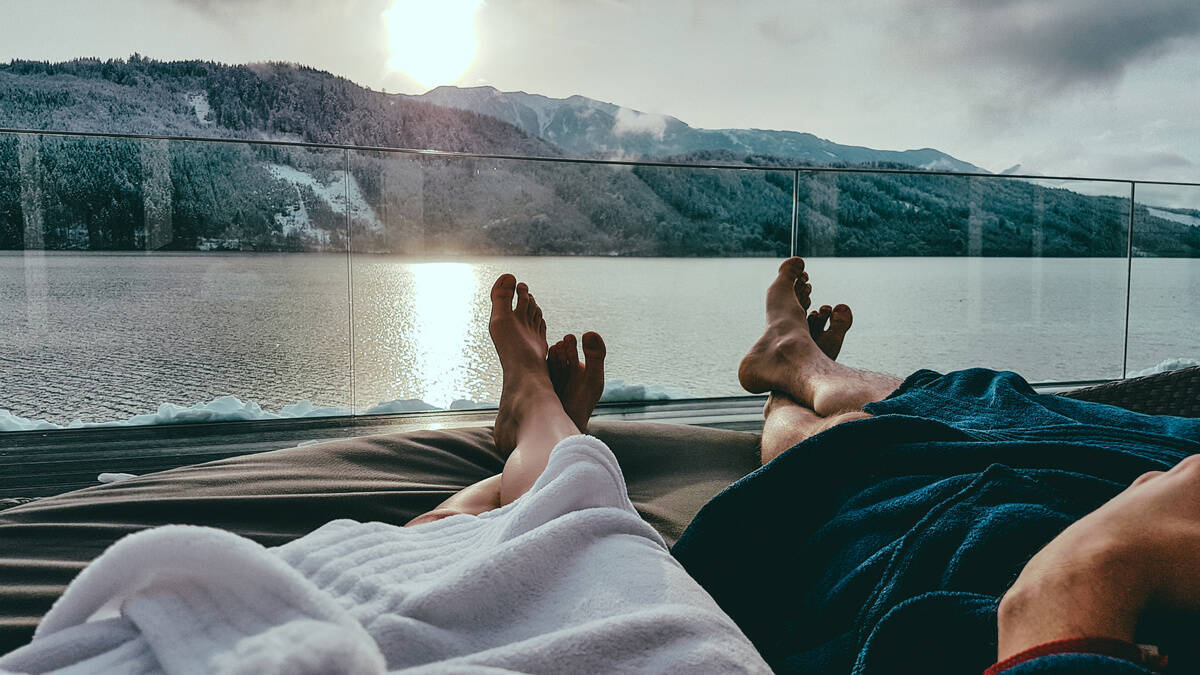
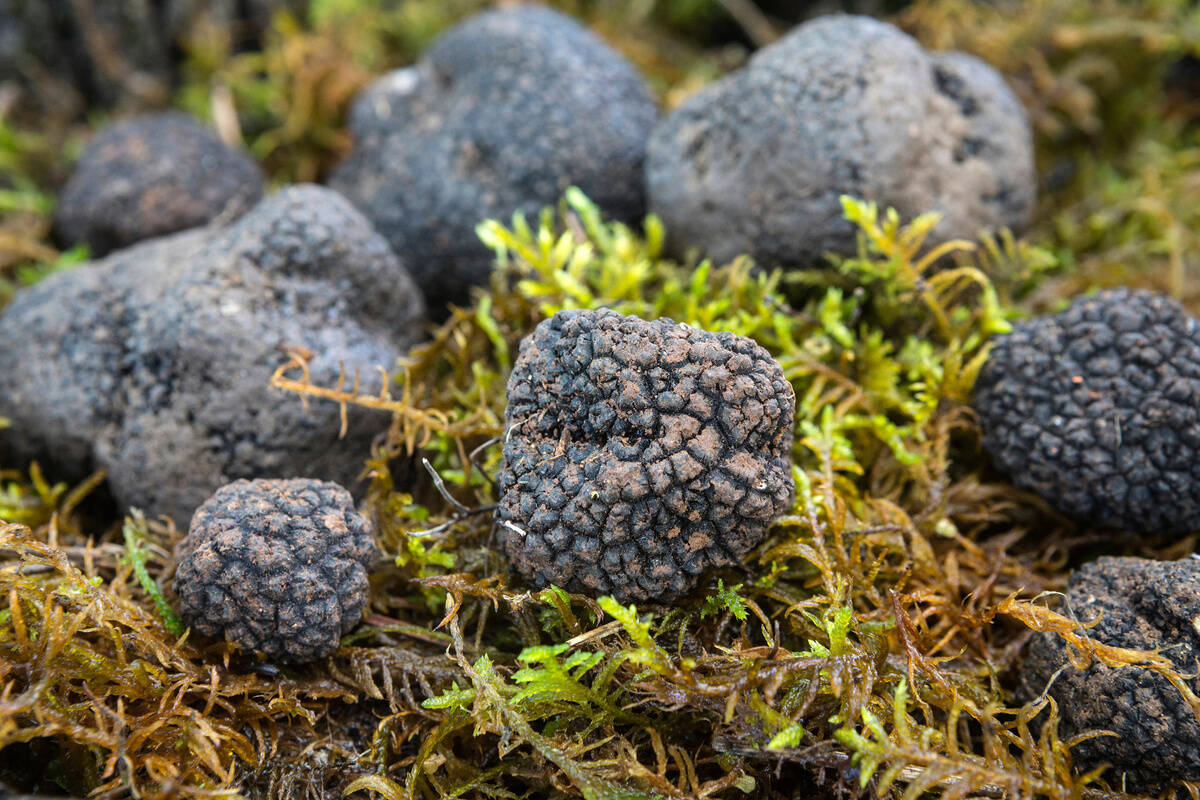














Comments